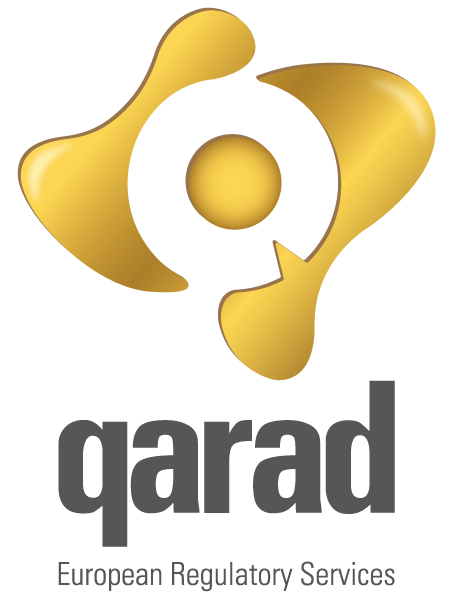January 12th and 27th, 2022, new guidance documents were released by the Medical Device Coordination Group (MDCG). These new documents provide a notice to third country manufacturers of SARS-CoV-2 in vitro diagnostic medical devices (MDCG 2022-1) and offers guidance on general principles of clinical evidence for In Vitro Diagnostic medical devices (MDCG 2022-2).
MDCG 2022-1 – Notice to third country manufacturers of SARS-COV-2 in vitro diagnostic medical devices.
This notice is addressed to manufacturers of in vitro diagnostic medical devices (IVDs) with the intended purpose to detect and/or quantify markers of SARS-CoV-2 infection, who are based in countries outside the EU or the EEA and who place or intend to place the abovementioned devices on the EU market. It is addressing some of the issues (e.g., no Authorised Representative designated, self-tests without Notified Body certificate, performance evaluation not following the MDCG 2021-21, etc.) that EU national competent authorities have identified during their market surveillance activities regarding compliance of SARS-CoV-2 IVDs with the requirements of Directive 98/79/EC on in vitro diagnostic medical devices. These issues can also be relevant for SARS-CoV-2 devices which are transitioning to Regulation (EU) 2017/746.
MDCG 2022-2 – Guidance on general principles of clinical evidence for in Vitro Diagnostic medical devices (IVDs).
This guidance outlines the general principles of clinical evidence and provides guidance on the continuous process of performance evaluation for in vitro diagnostic medical devices (IVDs), as set out in the In Vitro Diagnostic Medical Device Regulation (IVDR). The guidance clearly states that performance evaluation should be regarded as a continuous process required not only to generate but also maintain the clinical evidence needed to support an IVD’s intended purpose. The IVDR requires clinical evidence to be updated throughout the IVD’s entire lifecycle. Scientific developments and improvements in state-of-the-art should be reviewed and assessed by the manufacturer on a regular basis as part of their continuous and pro-active post-market surveillance activities. Therefore, manufacturers must instate a procedure for planned monitoring of scientific developments and changes in medical practice relevant to the IVD(s). Any relevant new information, developments and progress in the scientific field should trigger reassessments of the existing clinical evidence thus ensuring safety and performance through a continuous performance evaluation process. The guidance thus also addresses principles related to post-market surveillance, such as post-market performance follow-up.
The guidance also addresses the role of risk management in the performance evaluation. The risk management system should be carefully aligned with and reflected in the performance evaluation process of the IVD, considering the clinical risks to be addressed as part of the performance evaluation, performance studies, and post-market performance follow-up(s). Hence, the risk analysis should always reflect the clinical use and medical purpose of the IVD.
Other topics addressed in the guidance are the Performance Evaluation Plan (PEP), scientific validity, analytical performance, clinical performance, clinical performance studies and the Performance Evaluation Report (PER). The guidance also contains a section on how to approach the continuous updating of the performance evaluation covering the topic of Post-Market Surveillance (PMS) and Post-Market Performance Follow up (PMPF).
What does this mean to you?
- MDCG 2022-1 is of relevance if you develop devices to detect and/or quantify markers of SARS-CoV-2 infection. This guidance can help you identify potential gaps based on the market surveillance experiences of the EU member states.
- MDCG 2022-2 is a critical guidance for all IVD manufacturers as it addresses clinical evidence requirements under the IVDR. It is thus an absolute must read. The guidance reflects the need for a lifecycle approach to device development and addresses the most important topics related to performance evaluation throughout a device’s life.
Should you want to discuss this more in depth with one of our consultants, please do not hesitate to get in touch with us.

